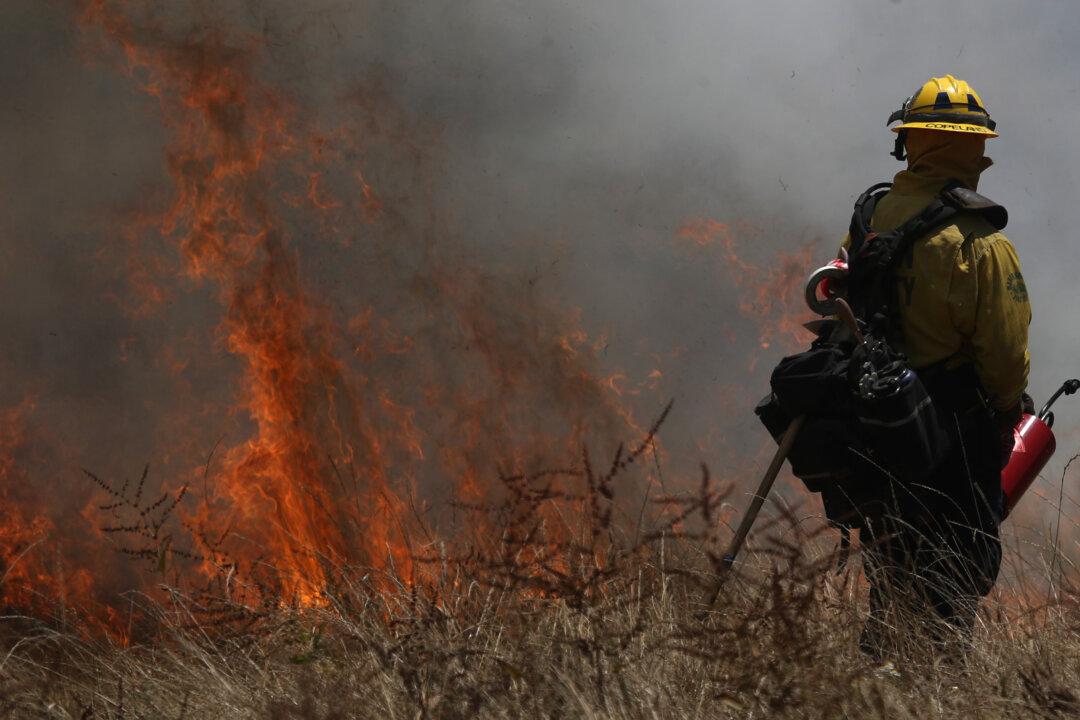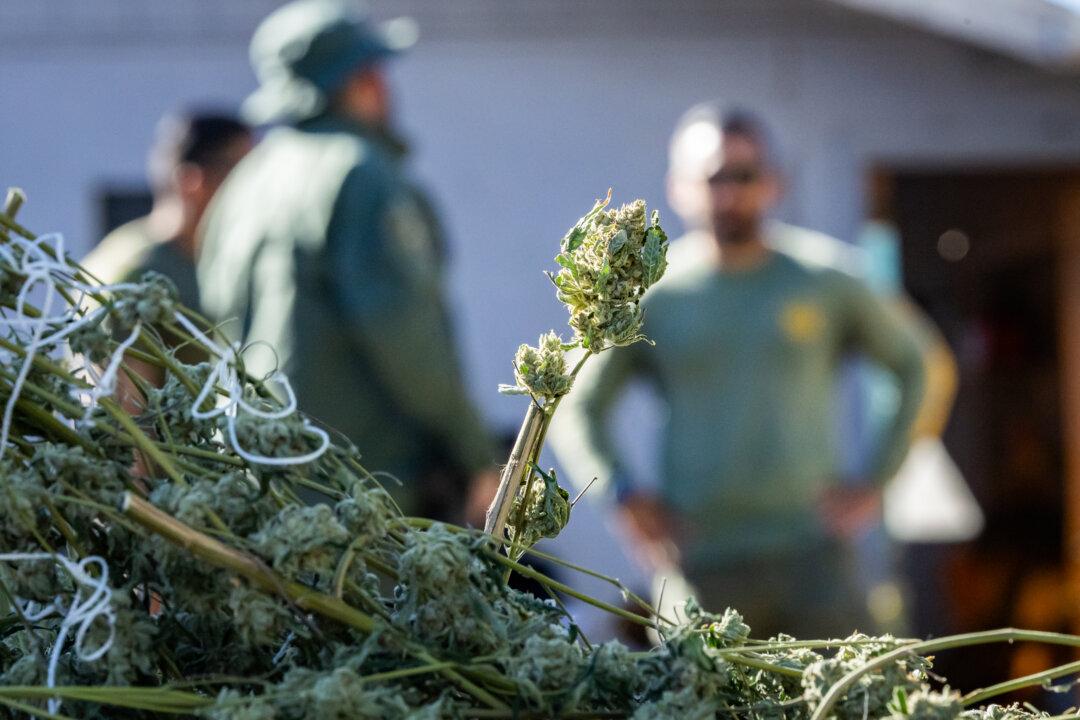California scientists have developed a weather-resistant gel that lasts for months and can be sprayed on vegetation to prevent deadly and destructive wildfires.
Unlike traditional fire retardants, the gel-like fluid is water and wind resistant, so it can be sprayed on grasses and other vegetation and remain effective for months at a time—long enough to last an entire wildfire season in California. It’s also non-toxic and biodegradable.





